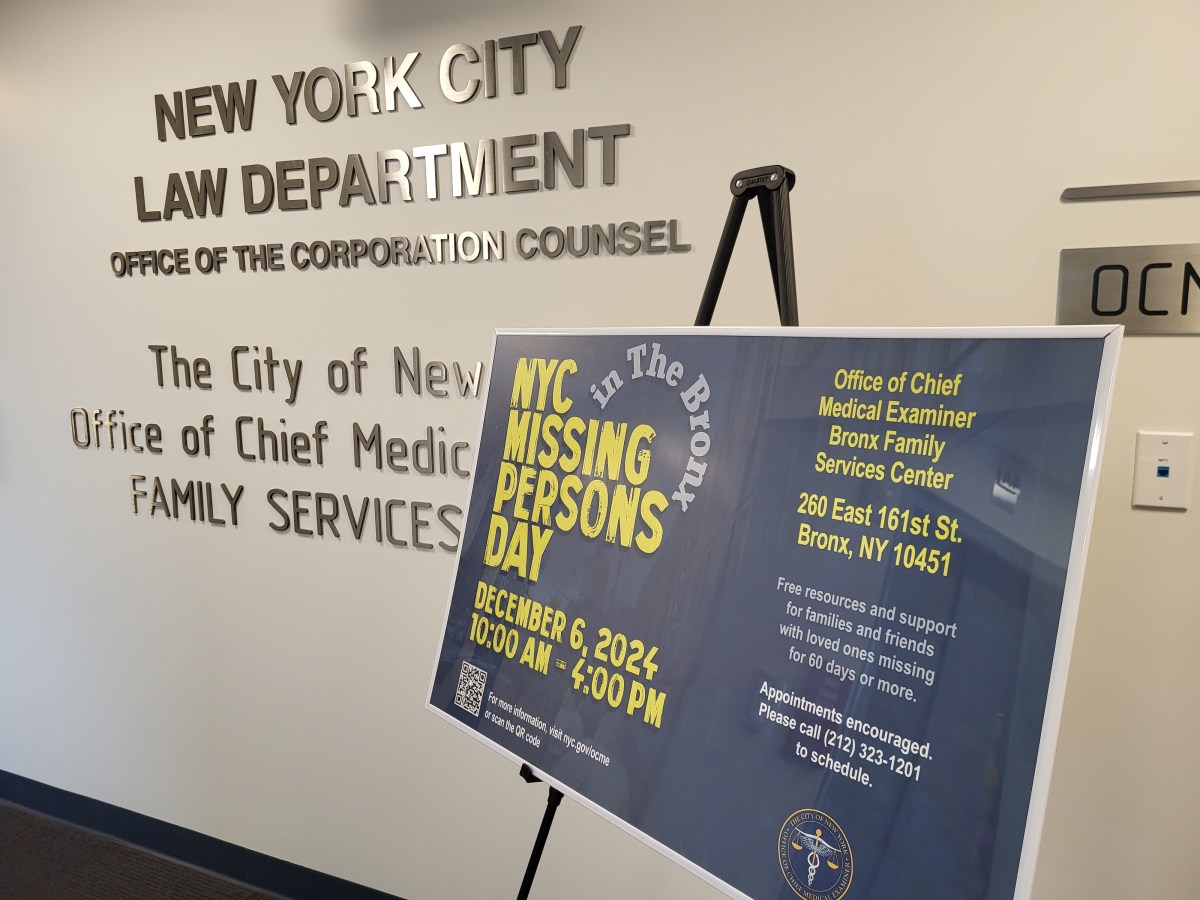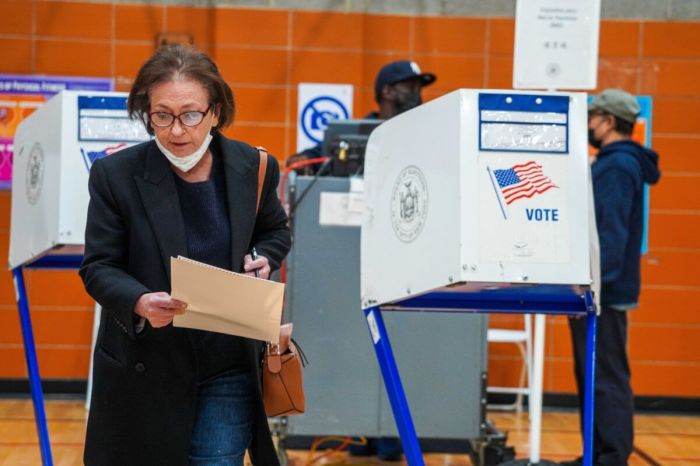
Thebdecline of drunken-driving fatalities represents one of our nation’s greatest public policy triumphs, even though the practice of operating a motor vehicle while intoxicated spawns thousands of tragedies each year.
In 1982, 21,113 people were killed in drunken-driving accidents in the United States. By 2017, that number had dipped to 10,874, thanks to stiffer legal penalties against drunken driving and a relentless social campaign. That’s a vast reduction that’s even more impressive when you consider that the number of miles driven annually in the United States doubled in the same period. But we must do even better. Technology can now be put to work in a way that could almost eradicate drunken-driving fatalities, save money and reduce accidents.
Now we just need the will, and the passage of federal legislation introduced recently by Rep. Kathleen Rice, a Democrat from Long Island. Rice has written a bill that would give manufacturers a 10-year deadline to equip all new cars with alcohol-interlock devices that would prevent vehicles from operating if the driver is drunk. Such systems, which detect the blood-alcohol levels of drivers, are already required on the vehicles of convicted drunken drivers in many states, including New York.
A 2014 University of Michigan study found that requiring such devices could prevent 85 percent of all drunken-driving deaths, meaning the annual total could plummet to about 1,500. Devices that prevent drunken driving could save about 9,000 lives a year, as many lives as cutting the rate of gun homicides in the United States by about 64 percent. And the reduction in both fatal and nonfatal accidents would save an estimated $54 billion a year, enough to more than cover the costs, according to the study. Those opposed to mandating technology to make it impossible for drunks to drive might curse the supposed “nanny state” and argue that such devices would violate their rights.
The same argument was made about seat belts. But no one has a right to drive drunk, and everyone has a right to be free of the threat of drunken drivers.


































